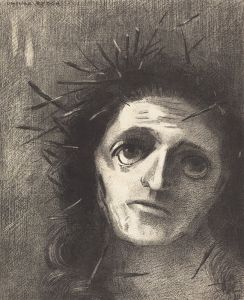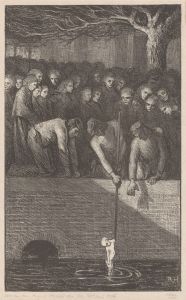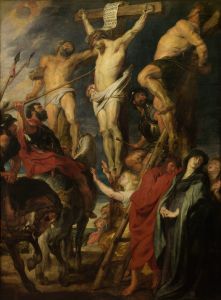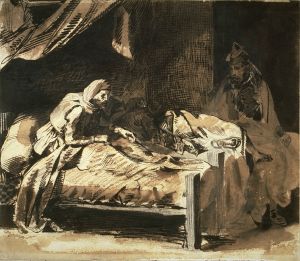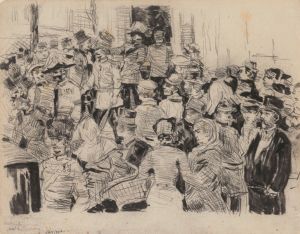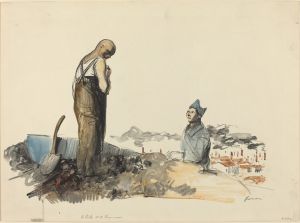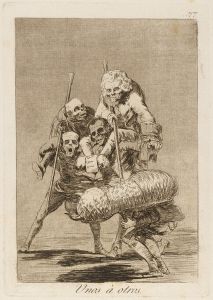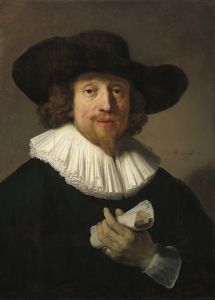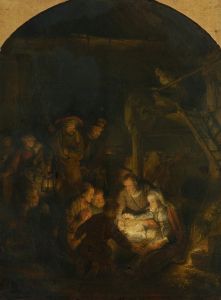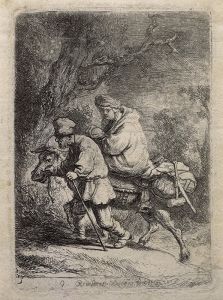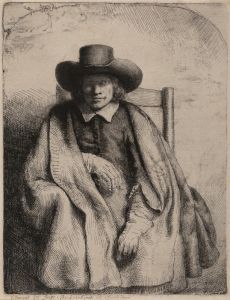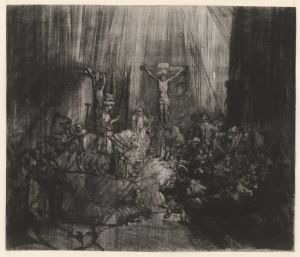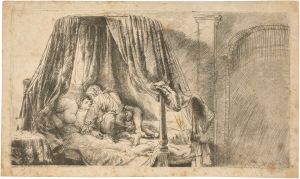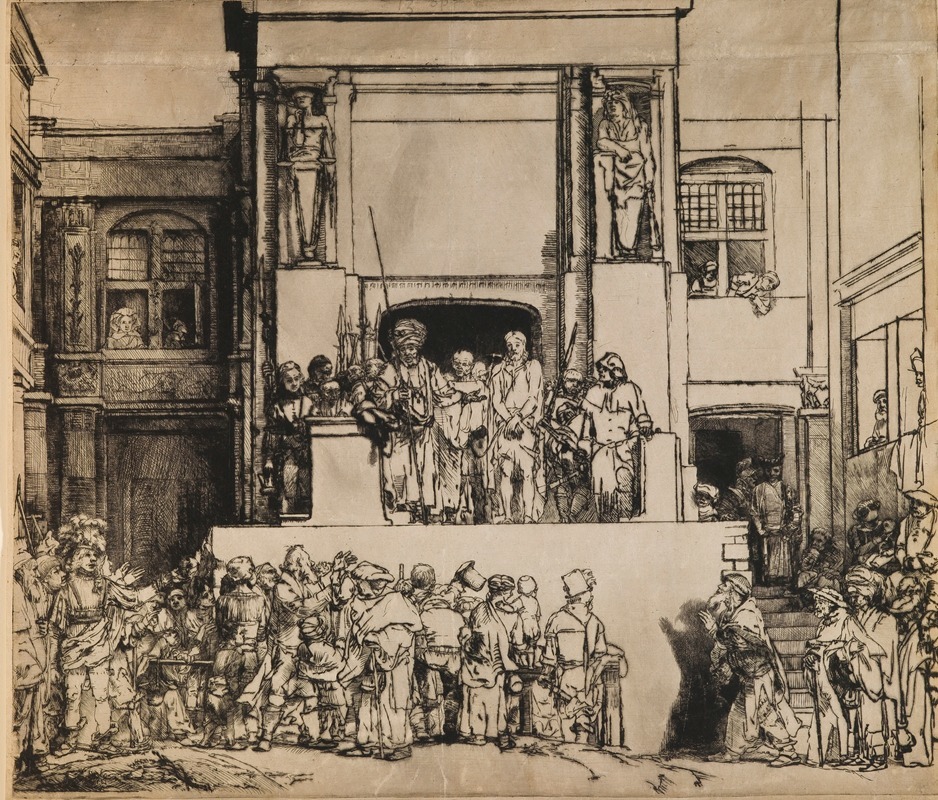
Christ Presented to the People
A hand-painted replica of Rembrandt van Rijn’s masterpiece Christ Presented to the People, meticulously crafted by professional artists to capture the true essence of the original. Each piece is created with museum-quality canvas and rare mineral pigments, carefully painted by experienced artists with delicate brushstrokes and rich, layered colors to perfectly recreate the texture of the original artwork. Unlike machine-printed reproductions, this hand-painted version brings the painting to life, infused with the artist’s emotions and skill in every stroke. Whether for personal collection or home decoration, it instantly elevates the artistic atmosphere of any space.
"Christ Presented to the People" is a painting by the renowned Dutch artist Rembrandt van Rijn, created in 1655. This artwork is also known by its Latin title, "Ecce Homo," which translates to "Behold the Man." The painting is a significant example of Rembrandt's mature style, characterized by its dramatic use of light and shadow, as well as its profound emotional depth.
The painting depicts the biblical scene from the New Testament where Pontius Pilate presents Jesus Christ to the crowd, uttering the words "Ecce Homo." This moment is a pivotal event in the Passion of Christ, capturing the tension and drama of the trial before the crucifixion. Rembrandt's interpretation of this scene is notable for its focus on the psychological and emotional aspects of the narrative.
In "Christ Presented to the People," Rembrandt employs his mastery of chiaroscuro, the contrast between light and dark, to highlight the central figures and create a sense of depth and volume. The figure of Christ is illuminated, drawing the viewer's attention to his serene and resigned expression amidst the chaotic and hostile crowd. This use of light not only emphasizes the spiritual significance of Christ but also serves to isolate him from the surrounding figures, underscoring his role as the sacrificial lamb.
Rembrandt's composition is carefully constructed to convey the gravity of the moment. The figures are arranged in a dynamic yet balanced manner, with Pilate gesturing towards Christ, inviting the crowd to pass judgment. The expressions of the onlookers vary, reflecting a range of emotions from curiosity to disdain. This diversity in expression adds to the painting's emotional complexity, inviting viewers to contemplate the moral and ethical dimensions of the scene.
The painting is also a testament to Rembrandt's skill in rendering human anatomy and fabric. The detailed depiction of clothing and the naturalistic portrayal of the figures' gestures and postures contribute to the overall realism and immediacy of the scene. Rembrandt's ability to capture the subtleties of human emotion and interaction is evident in the nuanced expressions and body language of the characters.
"Christ Presented to the People" is housed in the National Gallery in London, where it continues to be a subject of study and admiration. The painting is an exemplar of Rembrandt's ability to convey complex narratives through his art, combining technical prowess with a deep understanding of human nature.
This work is part of Rembrandt's broader exploration of biblical themes, which he revisited throughout his career. His religious paintings are celebrated for their emotional depth and innovative use of light, which have influenced countless artists and solidified his reputation as one of the greatest painters in Western art history. "Christ Presented to the People" remains a powerful representation of Rembrandt's artistic vision and his ability to bring timeless stories to life through his masterful brushwork.





